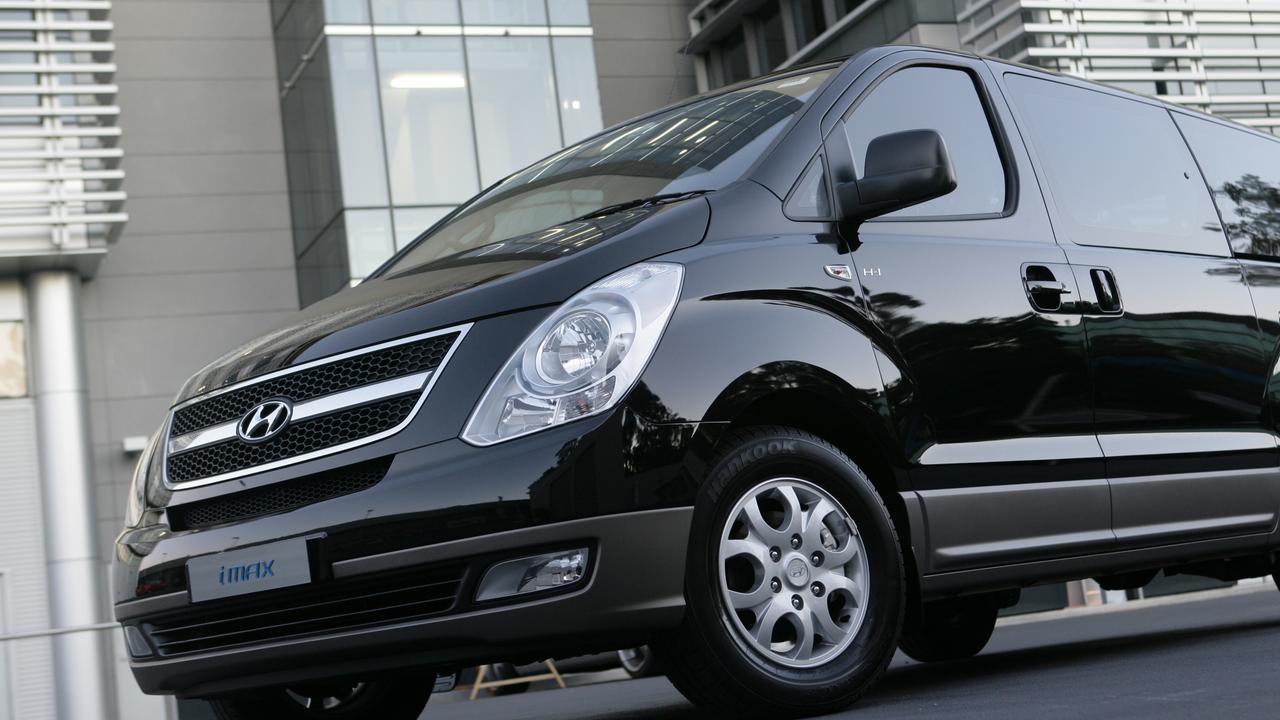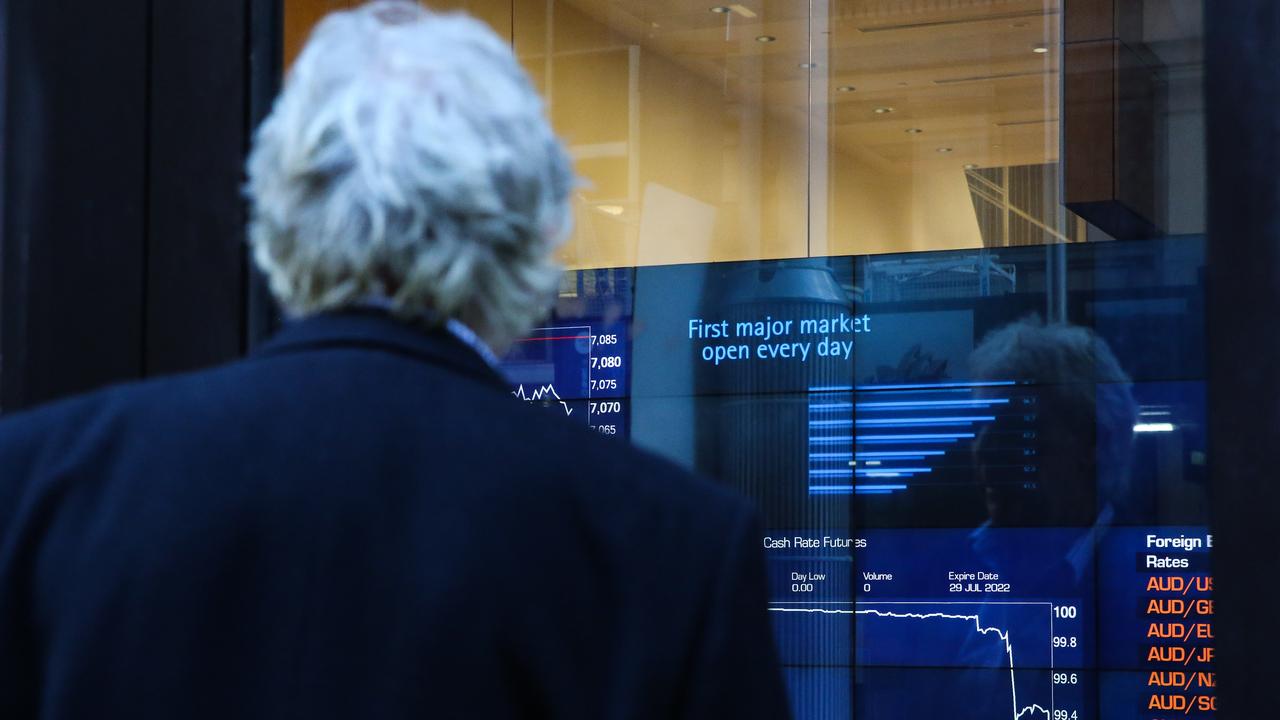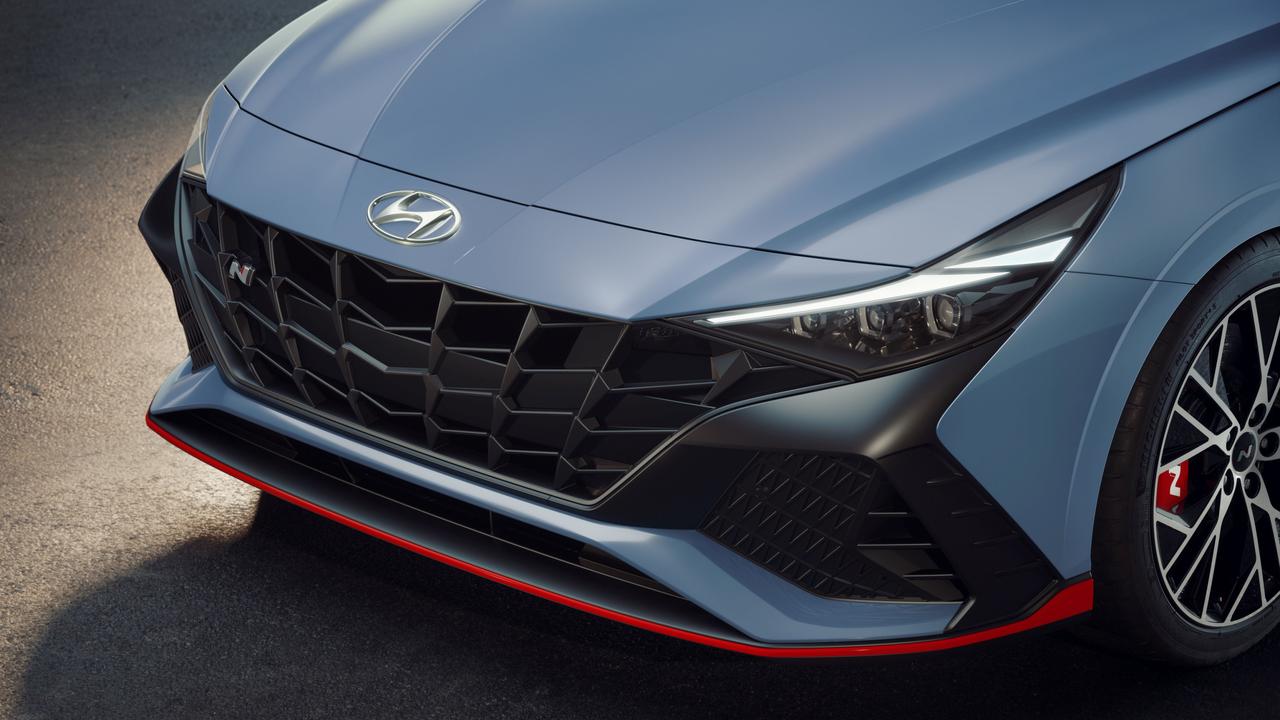Analysis: Holden done in by strong Australian economy and changing buyer demands
HOLDEN's decision to shut its manufacturing operations came after it became clear that it does not make sense for the company or the country, says motoring writer Josh Dowling.
THE band-aid has been ripped off and Holden has finally made the tough call to shut its manufacturing operations as it became increasingly clear that it does not make financial sense for the company or the country.
But did Holden and its factory workers deserve the public bollocking they've received from the Federal Government over the past week?
Holden's crime was to build a factory in what was once the semi-rural outskirts of Adelaide in 1963, that 50 years later would be suffocated by low-cost labour from our Asian neighbours.
At its peak, Holden employed more than 20,000 workers across seven manufacturing facilities. In the end it was left with just one car assembly line with 1760 workers and an engine plant in Port Melbourne with about 250 workers.
Holden will cease operations in 2017
Gallery: Holden through the ages
Policies from both sides of government over the past half a century have helped shape the economic headwind that Holden drove into: a wealthy nation with a strong currency, high wages and among the lowest import tariffs in the automotive world.
Holden, against this stark backdrop, came to the government for assistance, just as it always has done, in much the same way farmers get a helping hand in times of drought.
The difference, however, is that the future of Australian manufacturing remains bleak because the economic fundamentals are unlikely to change anytime soon.
When Ford announced in May that it would close its Australian factories in 2016, Holden privately wondered why Ford didn't even give the government the opportunity to help.
It has since emerged that even doubling the government assistance to Ford would not have been enough to save it.
But because Holden feels that its brand image is so closely linked to manufacturing - even if most of the cars in Holden showrooms today come from South Korea and Thailand - it decided to raise its hand, Oliver Twist-style, and utter "please, sir, can we have some more?".
Given recent events, however, Holden is probably reconsidering that decision.
The one good call the Federal Government has made in the middle of this Holden sledging campaign is to announce that it will buy bomb-proof BMWs for its politicians instead of hand-built Holdens that can barely withstand a hand-grenade.
Holden was criticised for not pitching for the business. But Holden knows that the likes of Audi, BMW and Mercedes-Benz have specialist divisions that can deliver better equipped armoured cars for less money - a fitting analogy for the rest of the car industry in fact.
For example, the Cruze is the cheapest locally-made Holden in 20 years. But its sales have been dented by better equipped and cheaper cars from Japan - buoyed by a currency that has been artificially devalued by the Japanese government.
So where did it all go wrong for Holden?
Holden should have cut its production costs sooner than it did (three months ago it got workers to agree to a three-year wage freeze if the new deal goes ahead).
But Holden cannot be accused of not reacting quickly enough to the changing tastes of Australian car buyers.
It got the Cruze small car into the Elizabeth factory and built it alongside the Commodore in less than two years, in the height of the Global Financial Crisis, when normally such efforts can take up to five years.
No-one wants to take responsibility for Holden's manufacturing shutdown. In the end, Holden was in the wrong place at the wrong time.
This reporter is on Twitter: @JoshuaDowling



